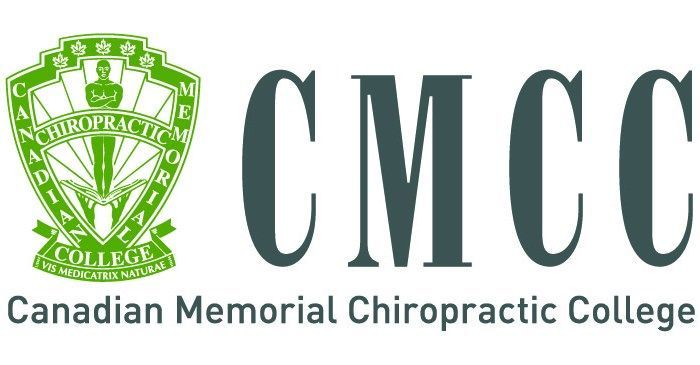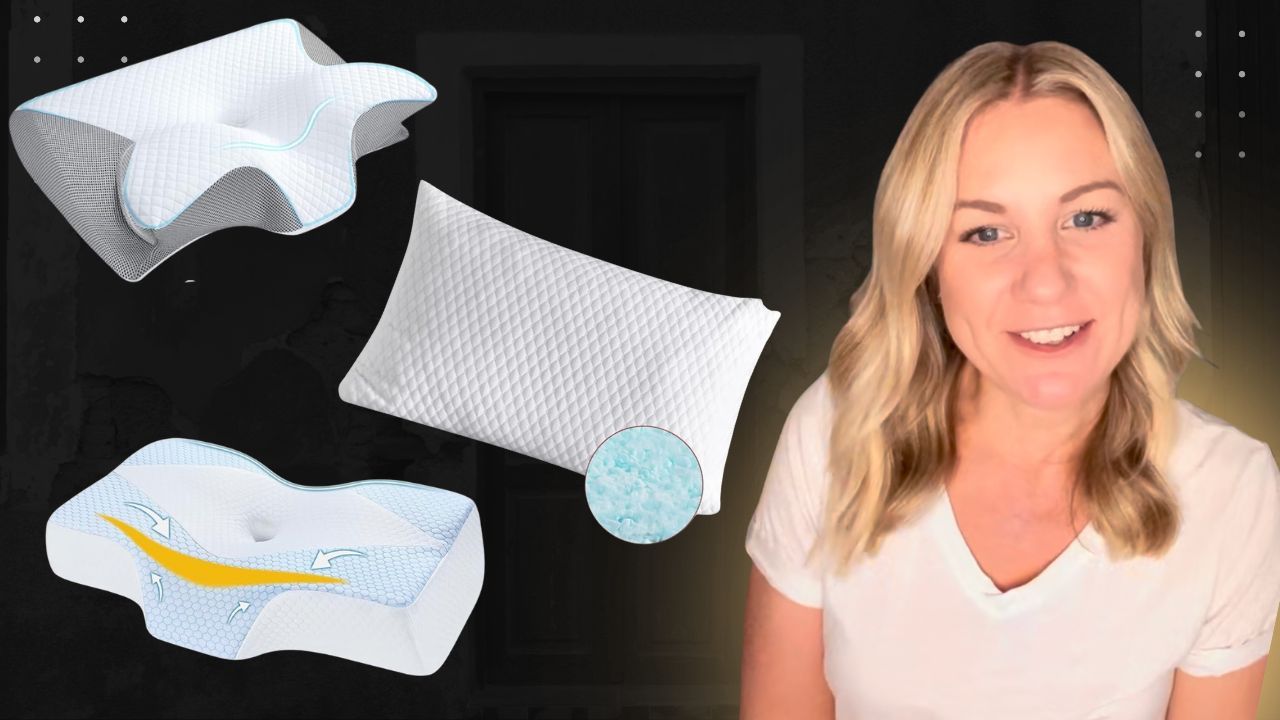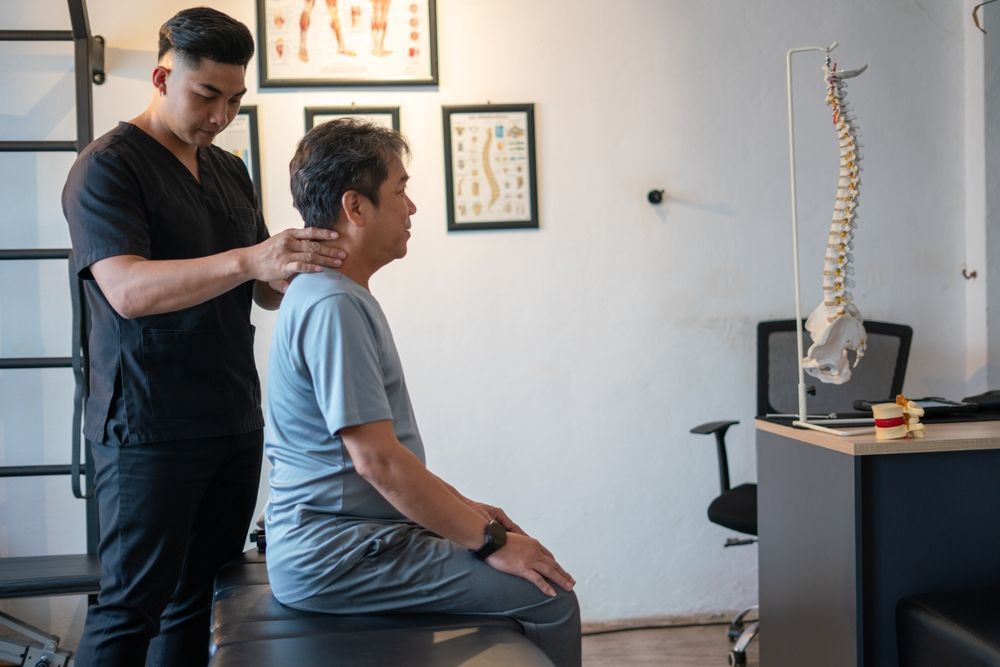Chiropractic Expertise and Education
Even though a Canadian chiropractor’s expertise and education do not change, their style of practice may seem different from one clinic to another. This is because “chiropractors” as a whole, are a colourful bunch. The reason for this is rooted in each individual chiropractors education (WHERE they graduated is important) and how up-to-date they are on the science behind health, physical therapies and the current understanding of pain.
We are often told that our approach to health and injury management is different, and generally more progressive than what patients have experienced in other chiropractic clinics. This is likely due to the fact that we pride ourselves on staying current with the ever-changing landscape that is evidence-based healthcare. This is ingrained in our “No-Nonsense Healthcare” approach and is very reflective of the evolution of the Canadian chiropractic profession.
The Evolution of the Canadian Chiropractic Profession
The chiropractic profession in Canada has been rapidly evolving in recent decades. This has subsequently affected the chiropractic expertise and education over time.
Unlike in the past, chiropractors can currently be found working in multidisciplinary settings, and even within hospitals. Most of these changes are the direct result of an increased focus on quality research and an effort by the profession to align itself with evidence-informed medicine.
This evolution has provided many interesting opportunities for chiropractors in Canada. The Canadian Government is now supporting the inclusion of chiropractors in many primary healthcare settings and leadership roles. A recent example of this is the inclusion of chiropractors amongst other leading professions in the government-funded Primary Care Low Back Pain Programs , which were designed to improve the quality and delivery of care to low back pain patients. While it may be common knowledge that chiropractors have expertise in the healthcare of the spine, did you know that this expertise extends beyond spinal care?
Chiropractic Scope of Practise
Below is the definition of scope for chiropractors by the Canadian Chiropractic Association :
Canada’s chiropractors are musculoskeletal (MSK) experts, providing the assessment, diagnosis, treatment and preventative care of biomechanical disorders originating from the muscular, skeletal and nervous systems.
While most chiropractors do focus on conservative spinal care, chiropractic expertise and education extends further into other mechanical disorders involving joints, muscles and nerves. This is well reflected in their education.
Chiropractic Education
Currently, there is one English speaking chiropractic school in Canada, the Canadian Memorial Chiropractic College (CMCC) located in Toronto. Having spent 6 years at CMCC as a student and 6 years as faculty, I will choose to speak from experience and focus this section only on this institution.
Candidates may apply to CMCC following a minimum of 3 years of university education. If accepted, students undergo a rigorous 4 years of full-time study totalling no less then 4,200 hours. The curriculum is particularly heavy in anatomy, biomechanics, orthopaedics, radiology, neurology, physiology, systems pathology and nutrition, but also includes biochemistry, embryology, histology, immunology, microbiology and clinical sciences specifically relating to diagnosis. Throughout the 4 years and especially during the internship year, students spend a significant amount of time developing skills in clinical diagnosis, hands-on therapies (as well as other modalities) and rehabilitation.
The first 3 years of education are anatomy driven, beginning with the spine and then extending into other regions of the body. The content is delivered in lecture format and re-enforced through small group tutorials/labs, problem-based learning sessions and laboratory time (cadaveric dissection, x-ray reading, hands-on technique instruction). During this time, students are exposed to material relating to all musculoskeletal conditions they will encounter in practice, or (more importantly) other conditions that mimic and may not be musculoskeletal in nature and require referral to other healthcare providers.
In the fourth and final year, students complete their clinical internship in various clinics located in the GTA, working with patients while under the supervision of faculty chiropractors. Following the 4 years of study, those successful in completing the program obtain a degree status, granting them the title “Doctor of Chiropractic” (DC).
Continuing Chiropractic Education
A chiropractor’s education does not stop after graduation. Currently, Ontario chiropractors are required to complete continuing education courses and participate in other academic activities to maintain their licensing requirements.
The push for research within the chiropractic profession is at an all-time high, and this starts during chiropractic education. Prior to graduation from CMCC, every student must complete a research project under the supervision of a faculty member. Additionally, more and more graduates are becoming researchers themselves. Currently, chiropractic research initiatives are being run out of at least 12 different public universities across Canada and the list of chiropractic research chairs within Canadian universities is growing.
There are 17 chiropractic schools in the United States. While the curriculum in some of these schools parallels that of CMCC, a large number of these institutions still focus more on philosophy and less on science. The emphasis on philosophy (and less on science) in some institutions likely contributes to the diverse practices seen within the profession. In my opinion, this creates a distorted image of the Canadian chiropractic profession to the public, and likely plays a major role in its lack of acceptance within mainstream healthcare as seen in the past.
Specialist Chiropractors
Following the 4-year chiropractic curriculum, DCs may wish to formally continue their education and specialize. While there are many continuing education programs offered to chiropractors, the use of the term “specialist” is only reserved for the chiropractor that has completed the requirements designated by a specialty college and has become a Fellow of that college. Currently, there are 5 chiropractic specialty colleges in Canada that are recognized by the Canadian Federation of Chiropractic Regulatory and Educational Accrediting Boards. They are:
- Royal College of Chiropractic Sports Sciences
- Chiropractic College of Radiologists
- College of Chiropractic Sciences
- College of Chiropractic Orthopedists
- Canadian Chiropractic Specialty College of Physical and Occupational Rehabilitation
While each college differs based on their criterion to attain Fellowship status, each program contains academic, written and practical components. They also require the successful completion of a comprehensive Fellowship examination. CMCC has developed comprehensive full-time residency programs for candidates wishing to become Fellows of colleges 1-3.
To speak from experience, the Sports Sciences Residency Program is a 2-year fulltime program, involving coursework in sports medicine , research, teaching, on-field work with athletes and 1st hand exposure to relevant medical specialties. The completion of this program, and the successful completion of the fellowship examination, grants the chiropractor the right to use the “ Sports Specialist Chiropractor ” designation. To learn more about Sports Specialist Chiropractic, click here.
I hope this post has shed some light on the chiropractic expertise and education here in Canada. If you have any questions, leave a comment below!












